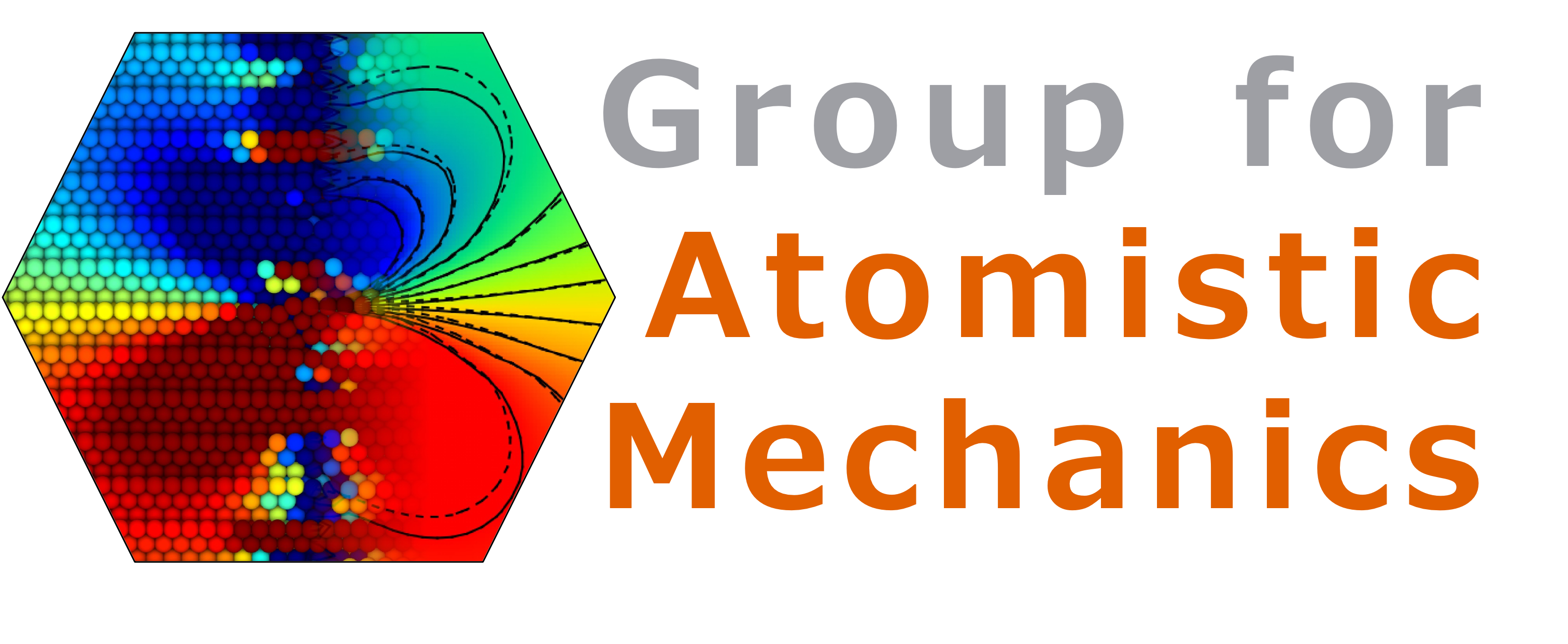News

It is an immense honor for me to see my project AtomicPIE selected for a Consolidator Grant funding by European Research Council (ERC). With my colleagues from CNRS and Universite de Lorraine, we are going for an atomic-scale foundation of a physics-based Interface engineering in crystalline materials.

Our new study introduces an FFT-based defect mechanics framework to predict stress fields at high-angle grain boundaries with atomic-level fidelity. Integrating atomistic simulation data with continuum dislocation–disclination theory, the approach captures GB structures in Al and Ag, accurately resolving anisotropic stress distributions. This work advances multiscale modelling and provides a powerful tool for designing materials through precise grain-boundary engineering. See Wazne et al., FFT-based disclination mechanics for high angle grain boundaries and comparisons with atomistic simulations, Mechanics Research Communication 149 (2025) 104529 [open access].

I am glad to welcome BAdr LACHKAR in my group as Doctoral researcher / PhD student. His topic is "Generative Machine Learning for Microstructure Design: An Atomic-Scale-Informed Approach to Interfacial Engineering". This work is supported by the cluster IA ENACT coordinated by the University of Lorraine, an ANR - France 2030 funded regional project that aim at making the Grand Est region a European leader in artificial intelligence.

In this newly published work, we developed a modeling approach that connects atomic-scale features with the mechanical behavior of metallic nanosponges. Using real-size, experimentally informed models, we captured how nanoscale structures deform under stress. This approach provides powerful insights into designing stronger, lighter, and more resilient materials. The manuscript is now published: Przybilla et al., Revealing nanoscale plasticity of metallic nanosponges with correlative and scale-bridging 3D microscopy and modelling, Communications Materials 6 (2025) 204 [open access].

We are the International colloquium on Mechanics of interfaces (Euromech colloquium 653) organized with the support of the European Mechanics Society, in Metz. Joé Petrazoller will be presenting his work on “Micromechanical modelling and atomistic simulations of solute atom segregation towards grain boundaries”. Julien Guénolé will be presenting his work on “Dislocation density fields for bridging length scales in interface-dominated nanomechanics”.
The colloquium focuses on the mechanics of Interfaces for Polycrystals and Composites, by using experimental methods, multiscale modelling methods including discrete (atomistics, etc.) and continuum-based models, classical and physics-informed machine-learning methods.
